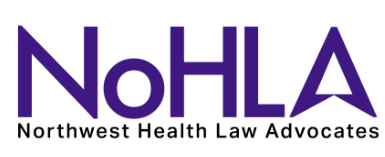Many states have established a system to collect information from insurance companies on health care price and quality. Washington State is one of only six states that currently make this information more accessible to consumers online, with the recent launch of the new HealthCareCompare website. The website aggregates claims data from commercial, Medicaid and Medicare Advantage insurers, and intends to add data on dental services, workers’ compensation and Medicare services claims soon.
So how does it work? NoHLA’s Communications Director, Molly, tested out the tool to find out how much her recent routine mammogram might cost. Turns out the typical price is $239 in Washington State, with a typical range of $203-$278. She was disappointed to learn that her provider cost $309(!) but another nearby provider would have cost only $218. She dug deeper and discovered more wide variations between providers. A C-section where she delivered her baby in 2016 typically costs $19,920 with a 3-star quality rating, but a hospital even closer to home would have cost only $13,435 with a 4-star quality rating! Last year, Molly considered migrating her family from their current insurance to a high-deductible health plan with a health savings account. She retained their old insurance because there wasn’t enough information available about cost to make her feel comfortable—it felt too risky. This website may help individuals and families to better understand the costs of their health care and make for smarter health care consumers. Don’t expect this information to predict your exact costs; it has some limitations. Prices vary by insurer, and the information in HealthCareCompare is based on average claims costs. In addition, the data is not entirely complete – Molly couldn’t find out how much it would cost to visit the closest emergency room, and data for Seattle Children’s Hospital (considered a specialty hospital) isn’t included, which is a usual place of care for many Seattle families. It can’t tell you what your cost-sharing would be for providers who are not in your network. It does have the option to input your deductible, coinsurance and co-pay information to receive an estimate of what you may have to pay. Uninsured individuals should expect to pay more than the negotiated insurance rates in the HealthCareCompare database. But it is a great improvement over the information available previously! Check it out and let us know what you think on Facebook or Twitter.


